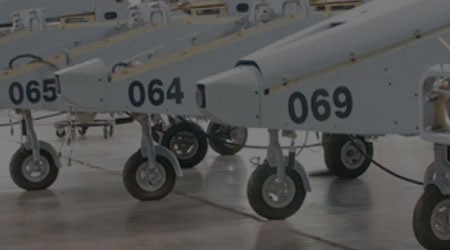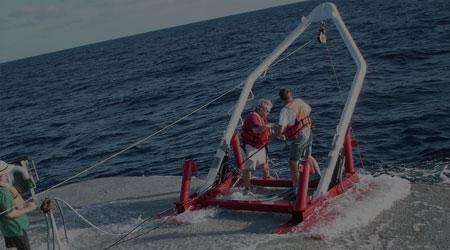
Research, Development, Test, and Evaluation
Research, Development, Test, and Evaluation
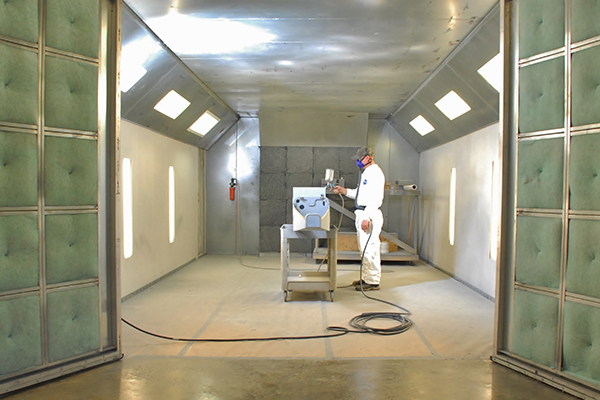
RDT&E
The RDT&E services performed by NASC have been and continue to be vital in both preserving national security and helping our armed services maintain technological superiority across the globe. NASC has historically offered RDT&E services in Air Vehicle Technology, Corrosion Control, and Advanced Materials.
RDT&E

The RDT&E services performed by NASC have been and continue to be vital in both preserving national security and helping our armed services maintain technological superiority across the globe. NASC has historically offered RDT&E services in Air Vehicle Technology, Corrosion Control, Advanced Materials, and Military Systems
Air-Vehicle Technology
NASC is a leader in designing and evaluating U.S. Military Aircraft and integrating new technologies such as cutting edge designs in aircraft aerodynamics, structural analysis, fluid dynamics and mechanical subsystems.
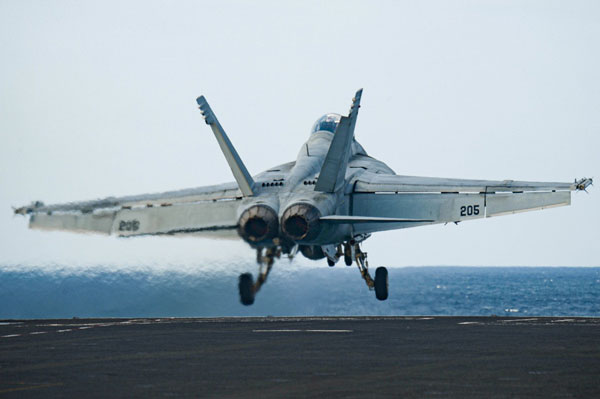
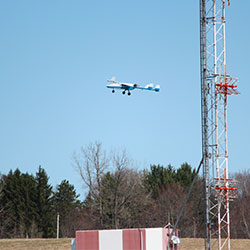
NASC Engineers have experience in predicting aerodynamic coefficients, forces and moments for advanced fixed wing, rotary wing, lighter than air, Unmanned Aerial Vehicles (UAV), and Vertical and/or Short Take Off & Landing (VSTOL) Aircraft. We have generated databases of aerodynamic characteristics from existing manned and unmanned aircraft and wind tunnel test data. NASC Engineers also conduct stability and control analyses and flying quality assessments on many US Navy ship and commercial land-based aircraft.
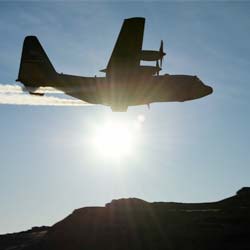
NASC has conducted structural analysis of aircraft and related equipment, including static strength, damage tolerance and loads analysis, aero-elastic, aero-servo-elastic, and vibro-acoustics performance studies. Our work has supported aircraft such as the P-3 Orion, S-3, C-130, E-2C, C-2A, and F-14 fleet. In addition, we perform structural analysis on catapults, catapult support equipment, arresting gear, and jet blast deflector components.
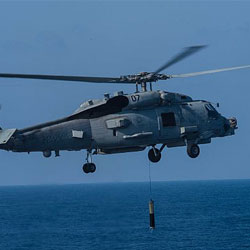
NASC performs simulator studies and evaluations to improve tilt rotor aircraft normal and emergency operating procedures. Our helicopter flight testing evaluated flying qualities, operational software and overall mission performance leading to changes in US Navy Flight Standardization Procedures.
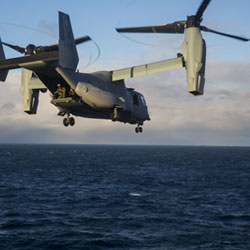
NASC has provided engineering and technical support for design, development and testing of improved panel fastening mechanisms including those used on the V-22 aircraft.
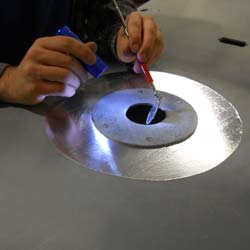
NASC works closely with our U.S. Navy customers to provide metallographic support for materials characterization used in component design evaluations, failure investigations, and R&D support. We have provided testing on static strength and ductility of various aluminum alloys after undergoing multiple deployments and to exposure to SO2/salt spray.
Corrosion Control & Advanced Materials
NASC Engineers and Subject Matter Experts in metals, ceramics, polymers and composite materials perform materials science research developing improved and advanced materials. NASC performs advanced characterization, research, and testing of metals, ceramics, polymers and composites as well as organic and inorganic coatings.
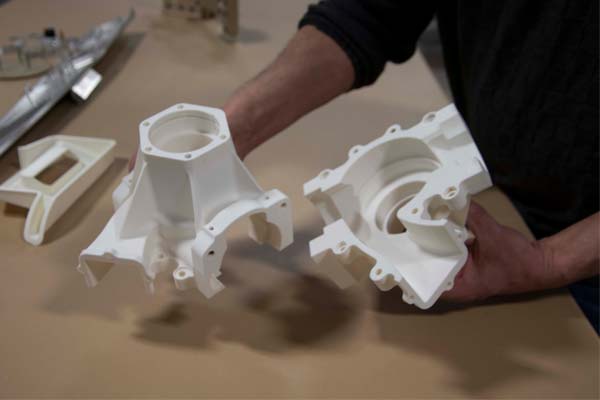
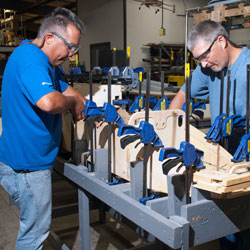
NASC evaluates the risks associated with low-cost manufacturing processes and have developed manufacturing concepts that address the fabrication, processing, and assembly of composite materials. The major focus of recent efforts has been on fuselage and wingtip radomes for the E/A-18G platform.
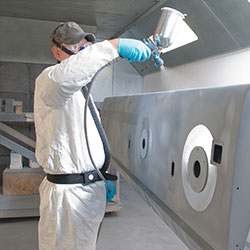
NASC work with military customers in developing and testing alternative electroplating processes and pre-paint surface treatments designed to eliminate chromium and cadmium based coatings on U.S Navy aircraft.
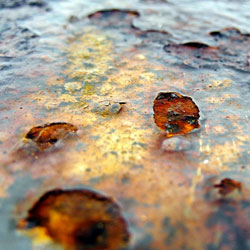
NASC has experienced personnel that provide support to the Navy corrosion effort and Corrosion Focus Teams. Our fleet experience, logistics background, and knowledge of training requirements of our personnel have been instrumental in identifying alternative means for future support and associated cost, determining alternative ownership and funding resources, and performing risk assessments of corrosion. We also supported the aircraft wash cycle rate of corrosion study on all CNARF F-18 aircraft using NALDA, Snap Shot, and Deck Plate programs to geographically track corrosion activity, man-hour expenditure, corrosion treatment and preservation documentation ashore.
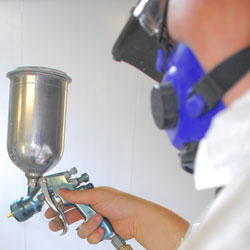
NASC has developed new technologies such as low-Volatile Organic Content (VOC), non-VOC, non-toxic, non-polluting and non-chemical materials and application methods. We completed a two year demonstration and validation of a newly developed Low VOC, high performance, long lasting, corrosion preventive compound (CPC), named “Navguard”, for internal airframe application to minimize the costs attributed to aging aircraft.

Protecting the environment from pollutants and pollutant prevention is important to both NASC and the US military. We have assisted the NAWCAD Environmental Materials Program on a number of on-going RDT&E projects directed toward the reduction or elimination of hazardous materials. Our staff has prepared NAVAIR Team Environmental RDT&E Fiscal Year Project and Funding Profile Publications and Environmental Materials Program Phase Reports. We also maintain a library of the latest regulations and provide guidance to NAWCAD personnel developing compliant coatings and alternative pre-treatment and removal processes.

